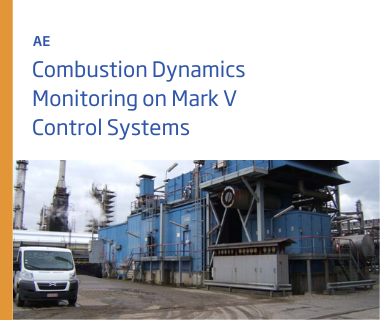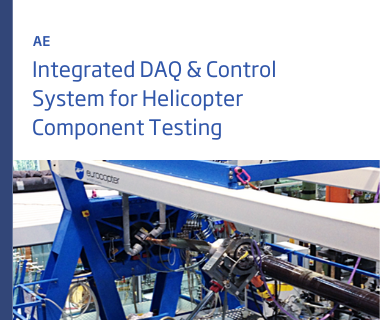Real-time Data Processing and Control
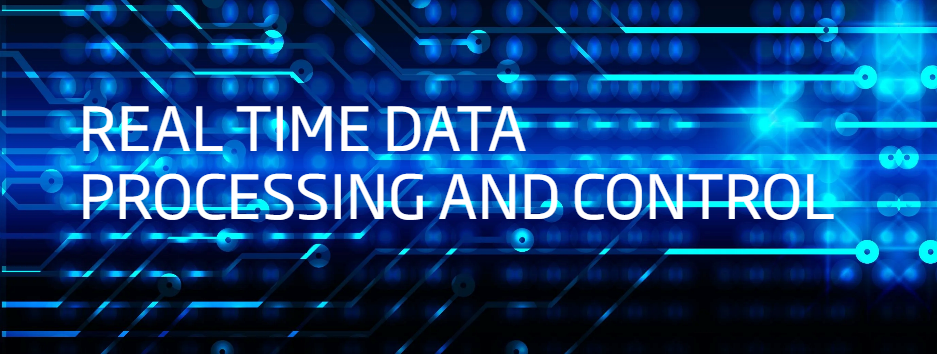
Due to the conflicting trends where structures and systems increase in complexity while development times drastically reduce, test labs are under immense pressure to produce results quickly to save costs despite needing more data from more sensors. Test engineers continuously look for ways to reduce test time and risk while working faster and more efficiently. These engineers must be able to monitor and respond to test data in real time regardless of the data volume.
Real-time data is data that is available as soon as it is collected and can be used to make decisions in the moment. It is often used in situations where it is important to respond to events or changes as they occur, rather than after a delay.
The Challenge of Real-Time Data Processing
The faster you measure, the larger the volume of data you need to analyze and interpret, which can be challenging. To turn this data into actionable insights, regardless of the data volume involved, you need to be able to process and analyze it effectively as close as possible where the data occurs to reduce time-to-insight and network traffic. It’s important to strike a balance between the speed of measurement and the ability to effectively handle and analyze the resulting data. Open platforms providing programmable features, e.g., intelligent logging and sophisticated algorithms, are essential. These features can be performed with our edge computing controllers.
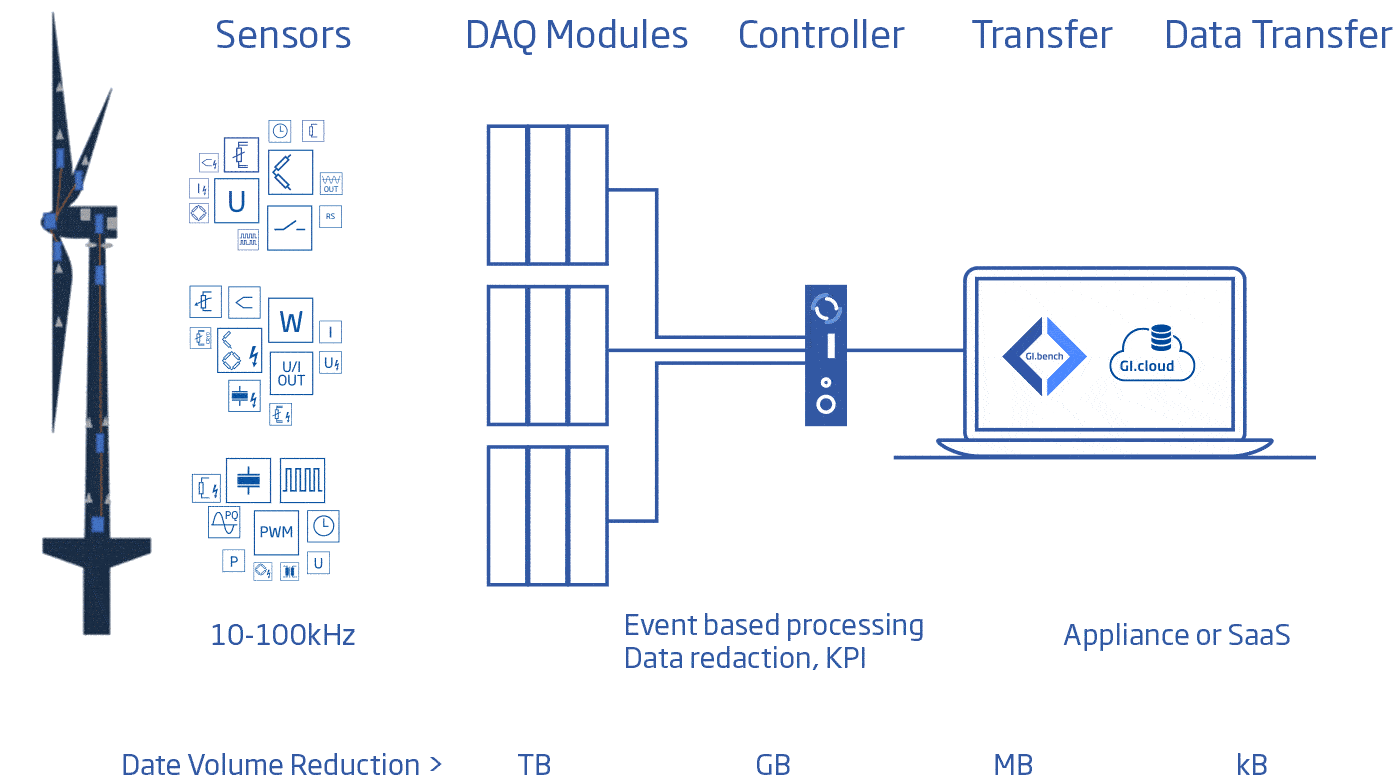
For best results consider the following:
- Perform computation and data storage closer to the point of measurement to improve response times and reduce data transfer bandwidth
- Run your own Apps on the Edge Device or program with our graphical programming language test.com
- Monitor and respond to test data in real-time regardless of data volume; capture insights from the data you collect, when it happens thanks to open data stream and configuration interfaces
- Post-process with machine learning approach or use established standard analytics, e.g., FFT, Rainflow model, RMS, etc., on our controllers; no PC necessary!
Reduce data transfer bandwidth to the MAX with the smallest data packages that can be transmitted over, e.g., modems
What is Edge Computing?
Edge computing is a distributed information technology (IT) architecture in which measurement data is processed and analyzed as close to the originating data source as possible, reducing overall data transfer and storage requirements, especially in big data applications. This ideally is performed by edge devices that compute and store at the same location as the data source on the network edge.
What are Edge Devices?
An edge device is any hardware that controls data flow and processing at the boundary between two networks, like a local network and the cloud. Edge devices play a key role in bringing computation and data storage closer to the devices that generate and consume the data. This allows data to be processed and analyzed in real time, improving the efficiency and speed of the system.
Edge Devices for High-Performance Monitoring and Control, Remote Configuration and Universal Connectivity
Gantner Instruments controllers are edge computing devices that transform raw data into preprocessed information for efficient storage, enrichment, and analytics.
Smart Edge Device for Monitoring Applications
Q.monixx is a new addition to the Q.series product family – the ideal edge computing and data logging solution for reliable process control and asset monitoring. The standard I/O configuration for the Q.monixx includes up to 8 universal analog inputs, 8 digital inputs, 4 digital outputs, 2 relay outputs, and 8 serial channels for communication. Also included are 4 data loggers for parallel data acquisition to either local storage or to a GI.cloud storage solution for easy accessibility, additional analytics, and detailed diagnostics. Third-party apps can also be hosted on the device.
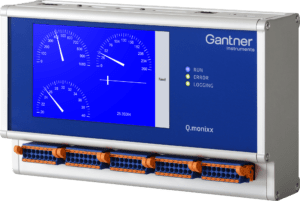
Application Examples
Gantner’s cutting-edge DAQ technology is trusted globally for applications in the mobility, aerospace, civil engineering, and energy sectors. Choose from the following industry examples to discover the most versatile DAQ on the market.

